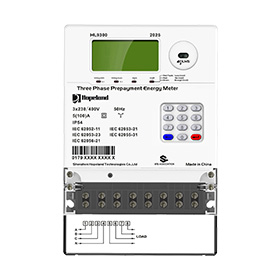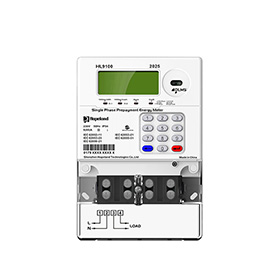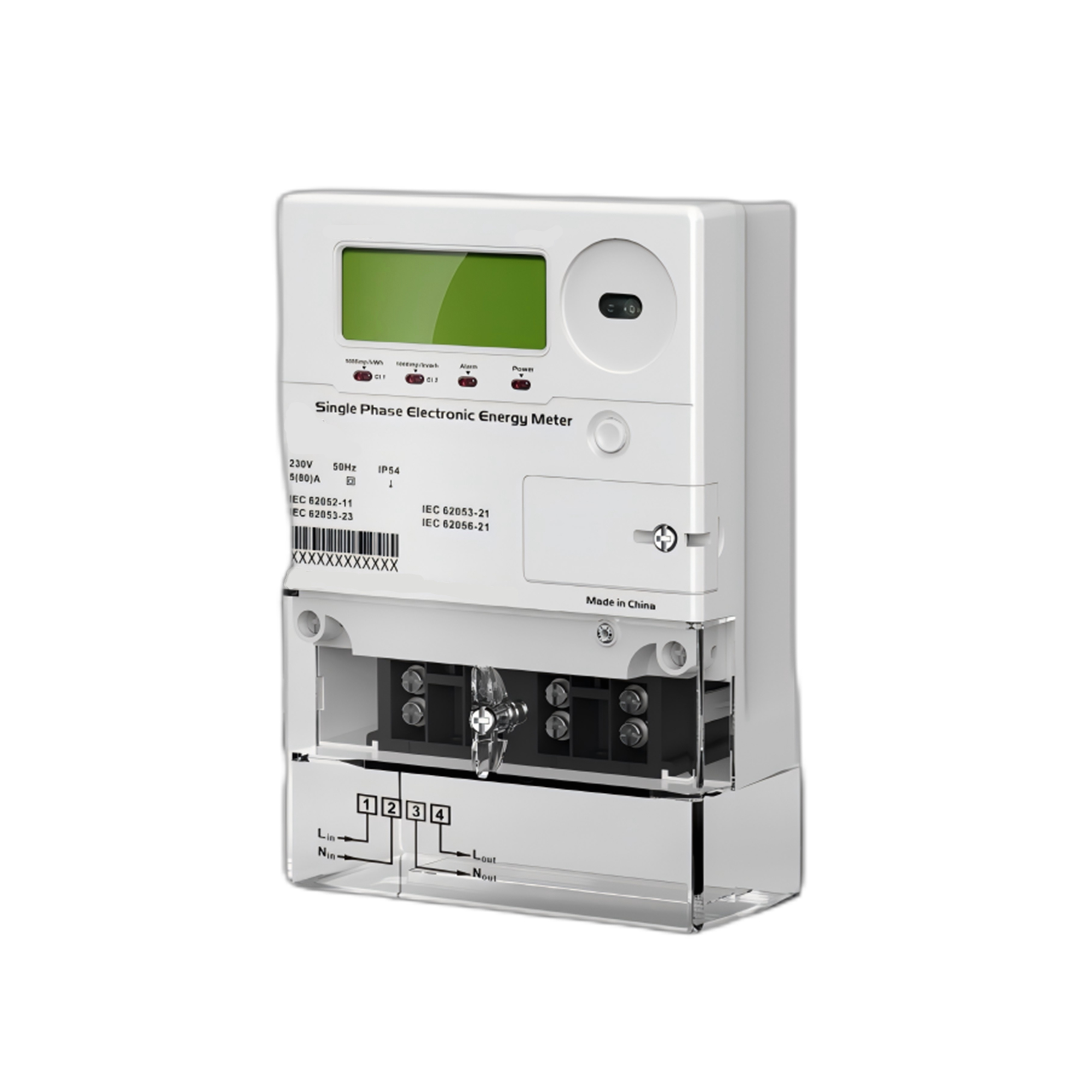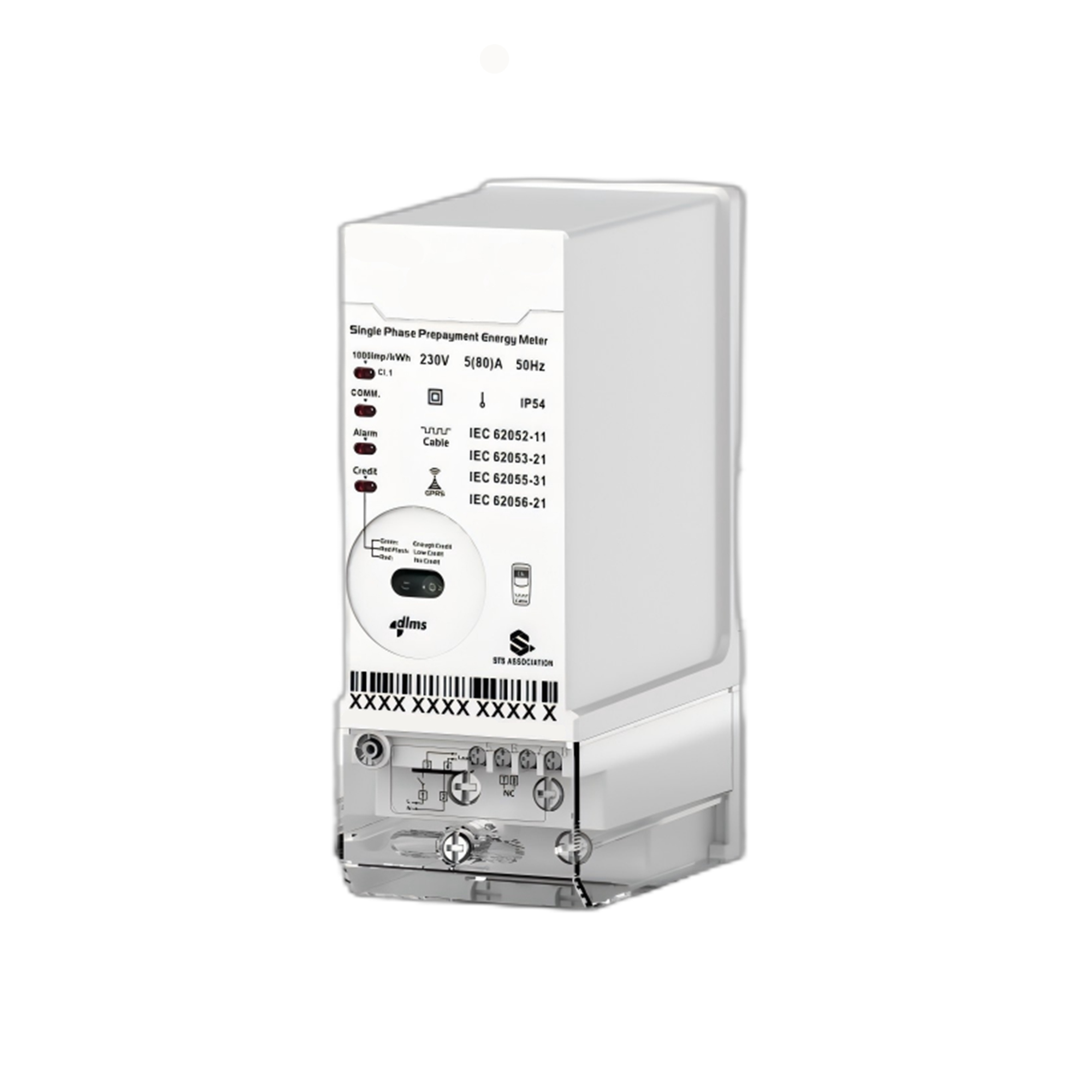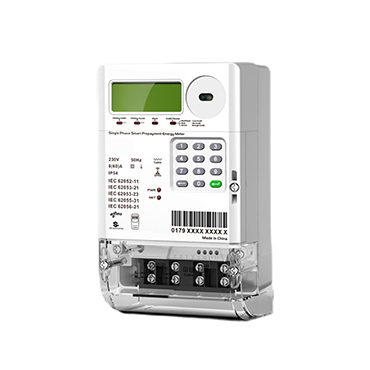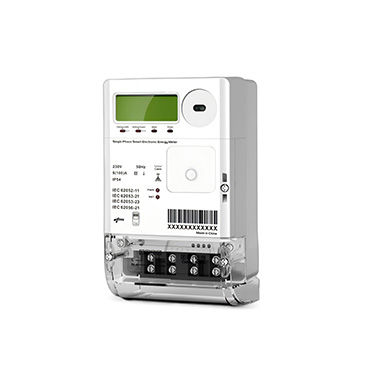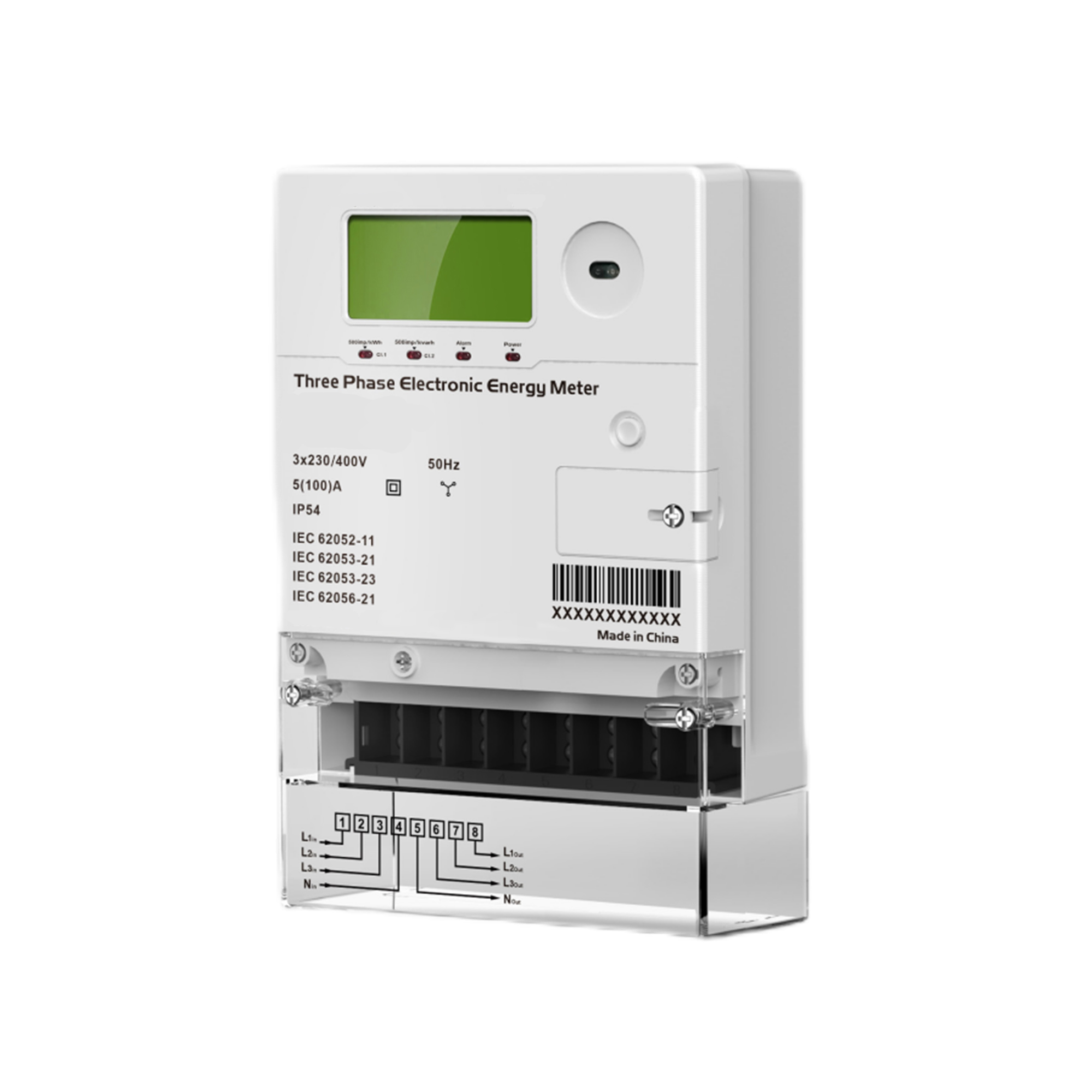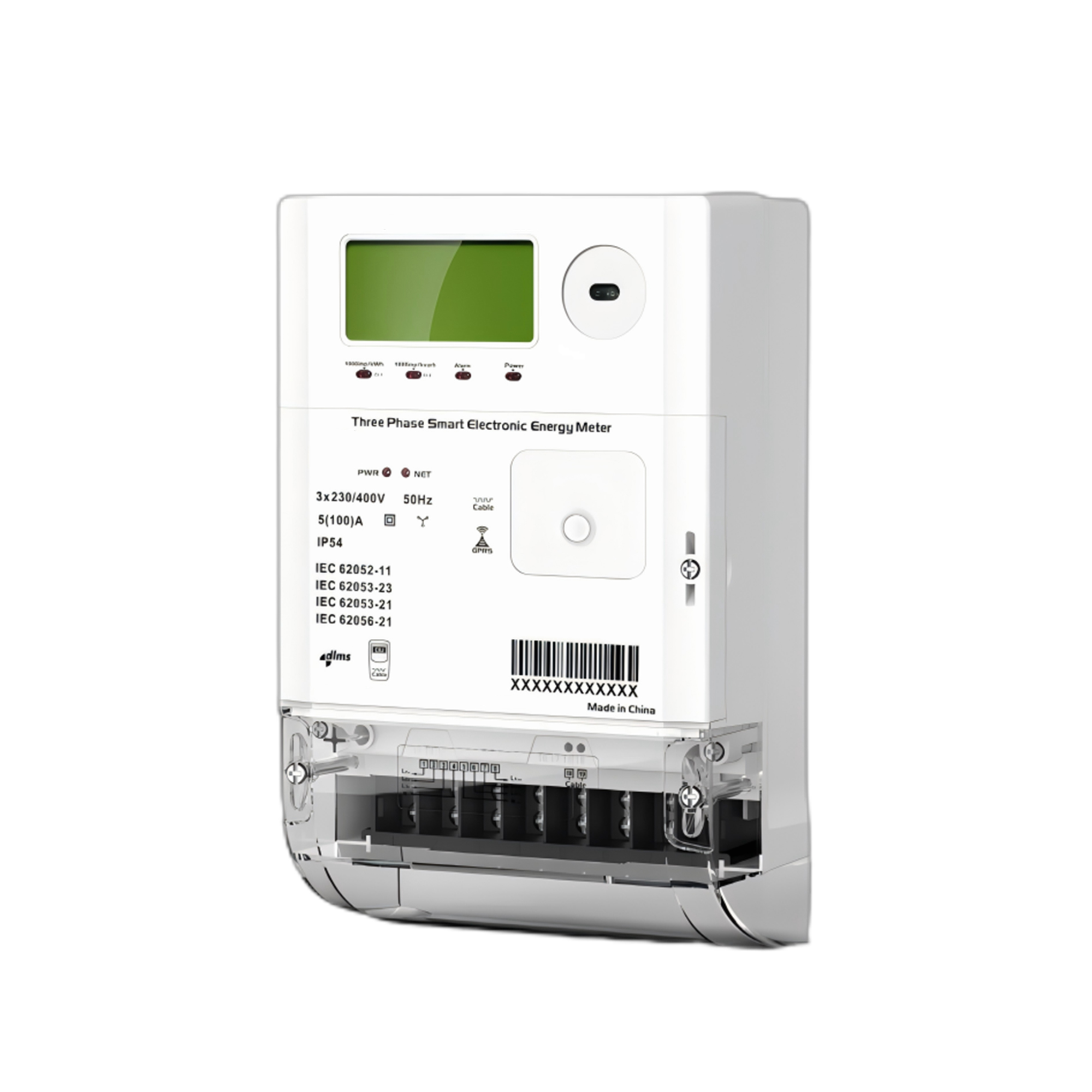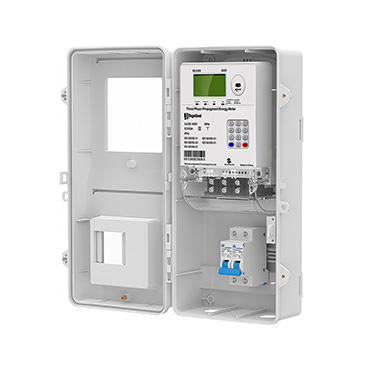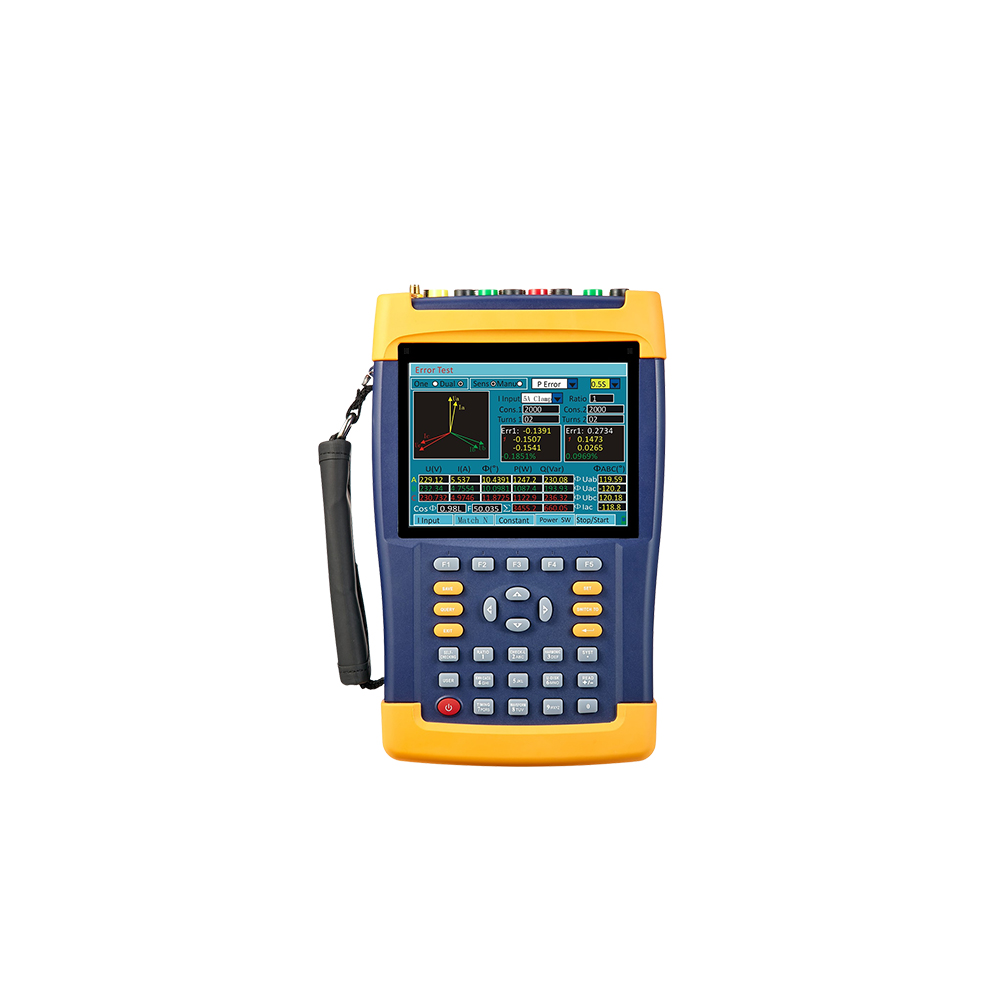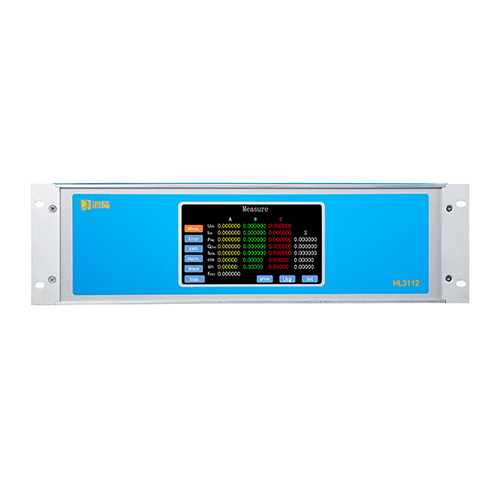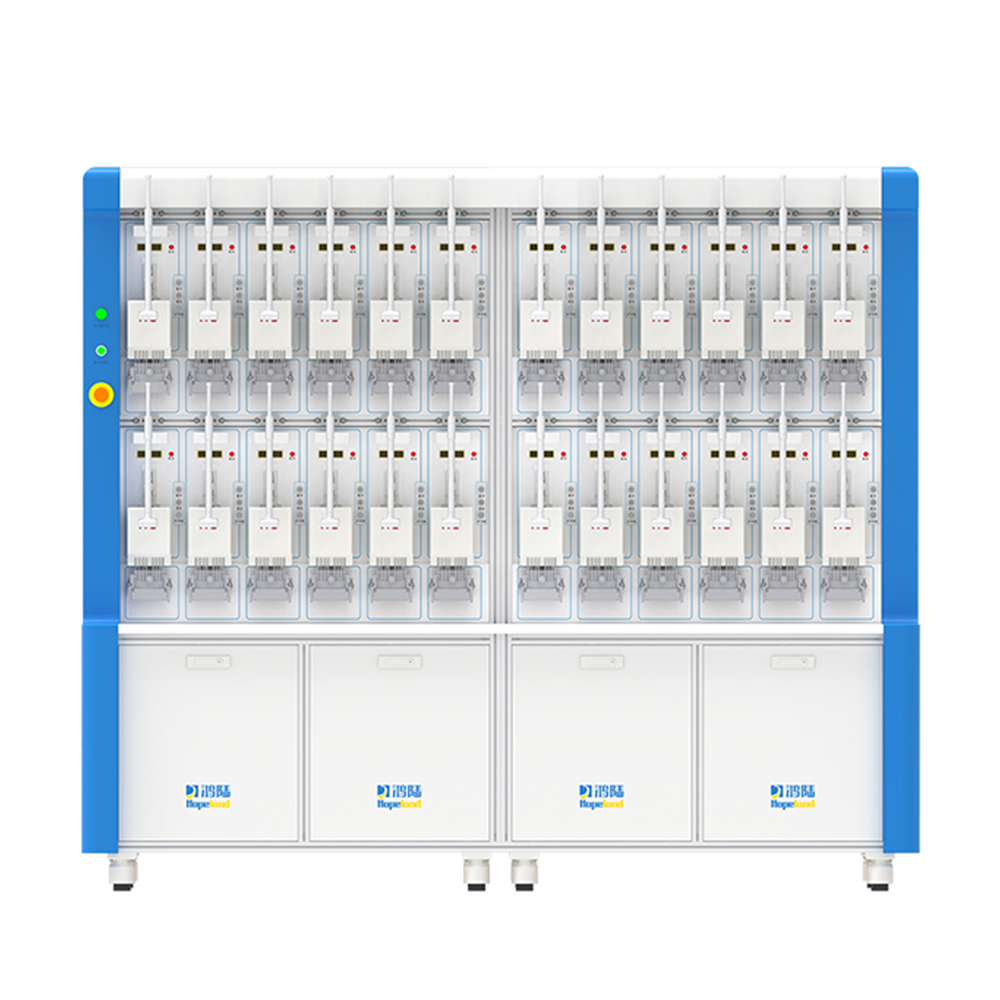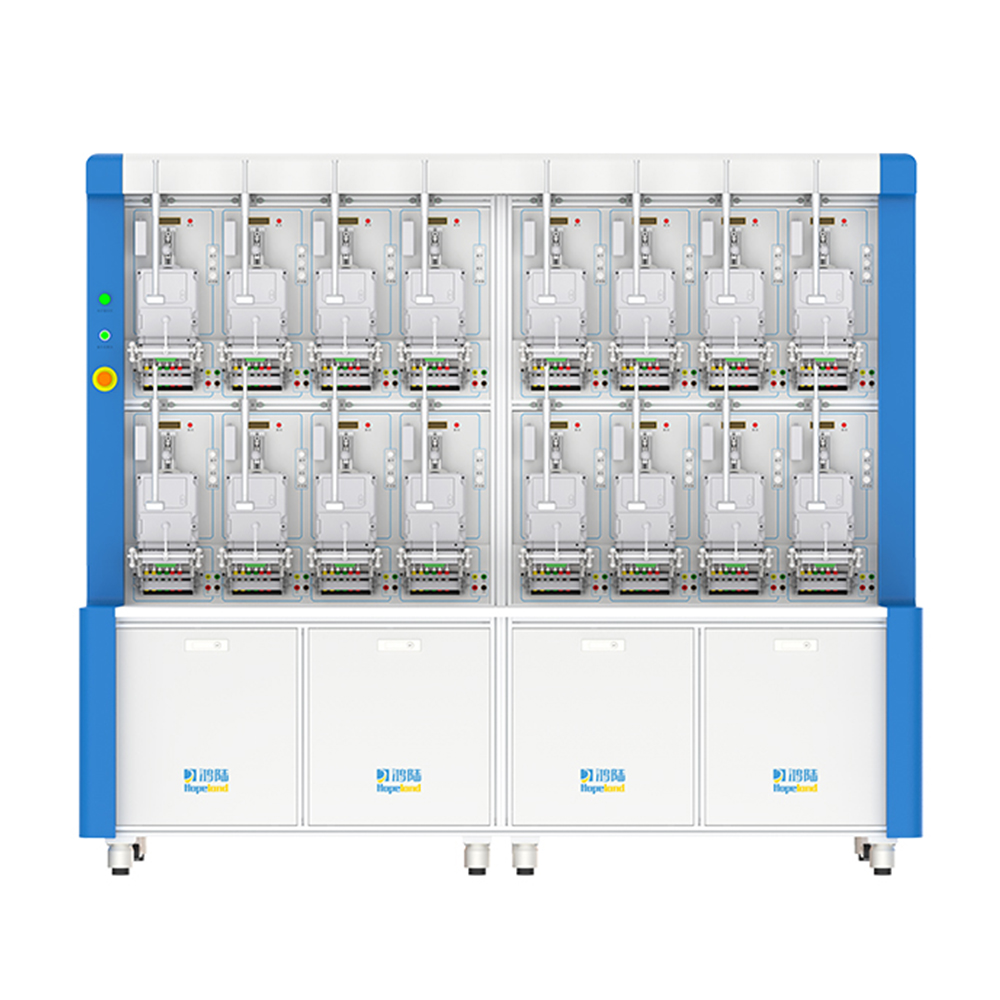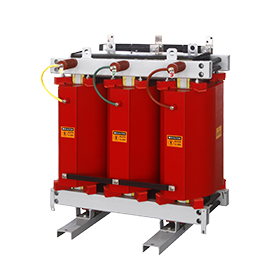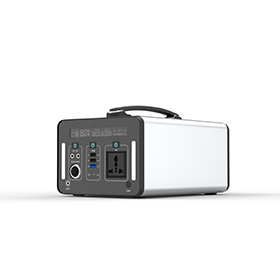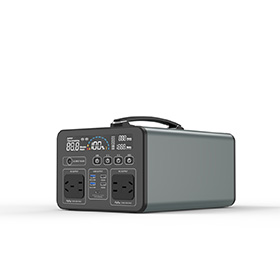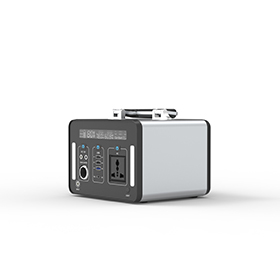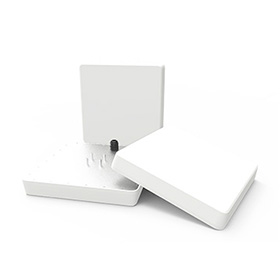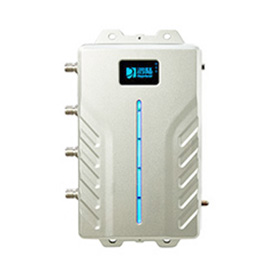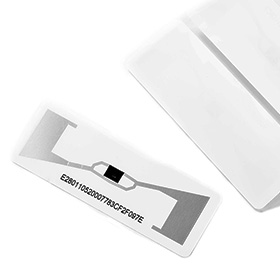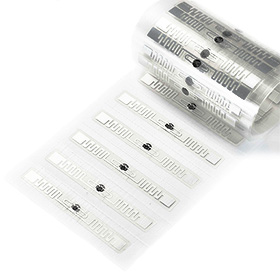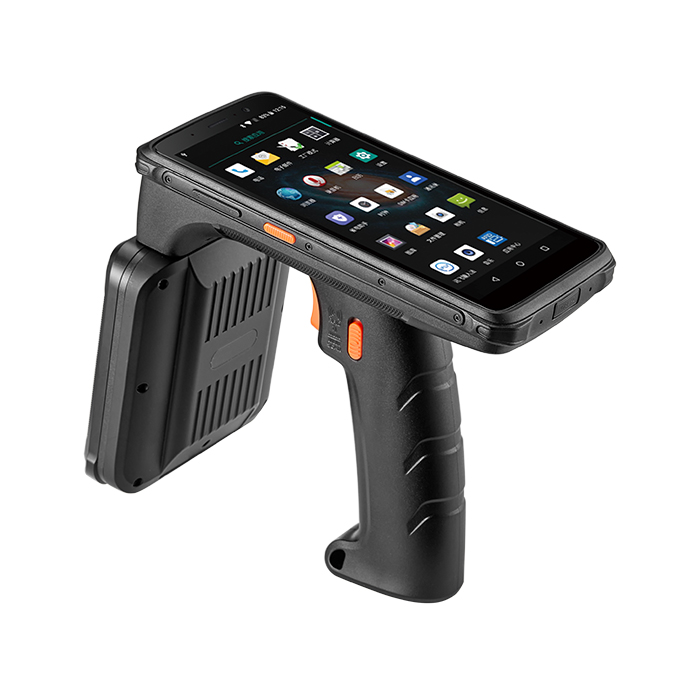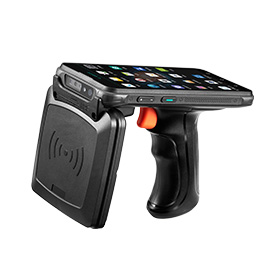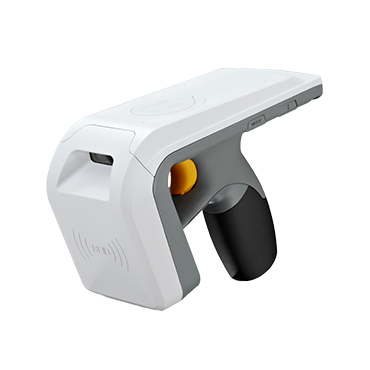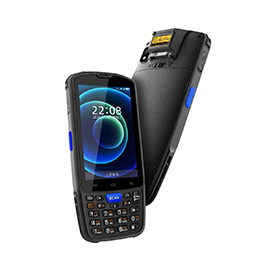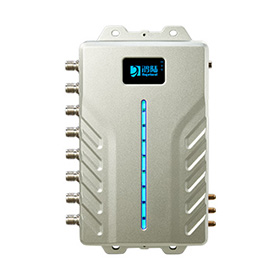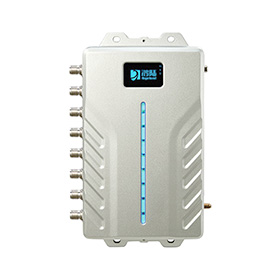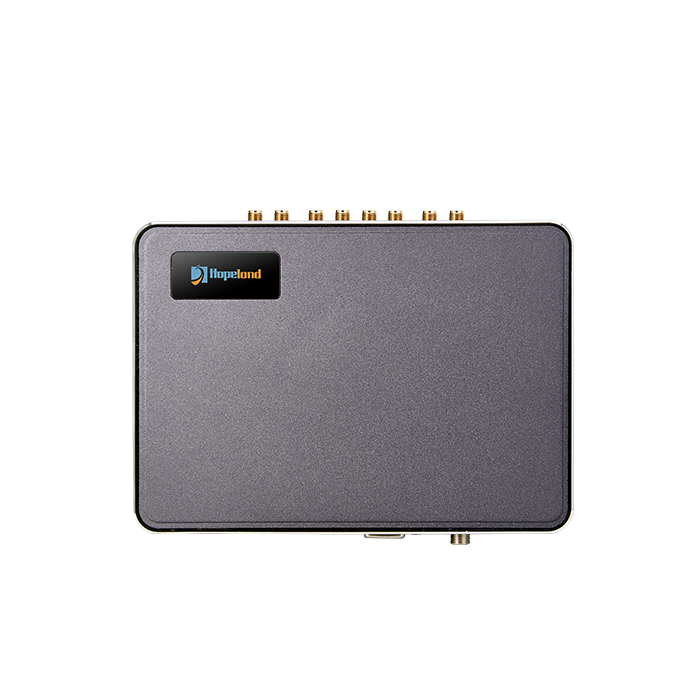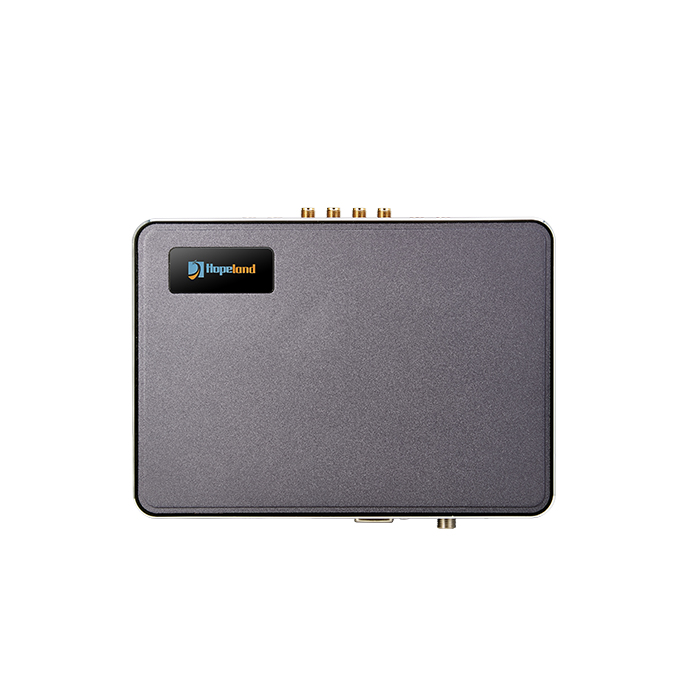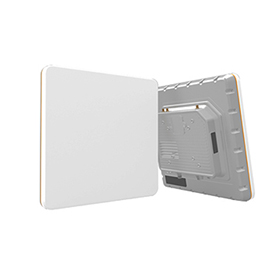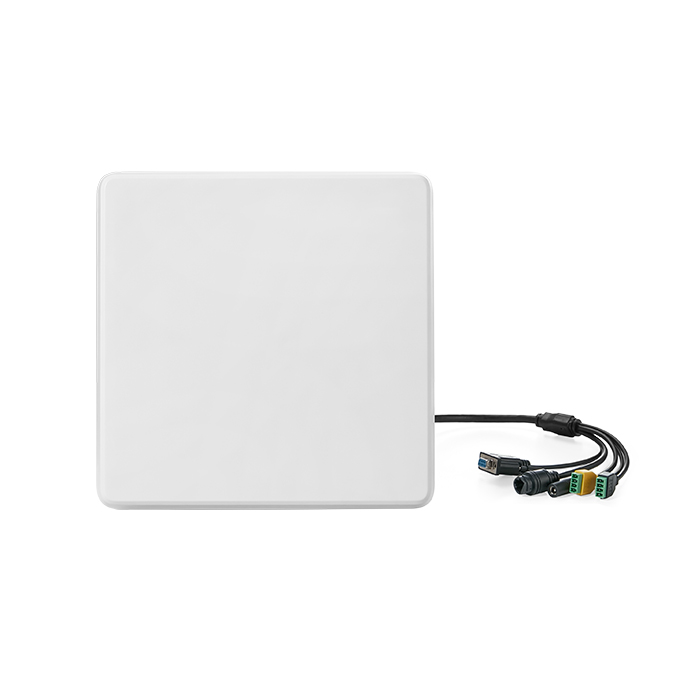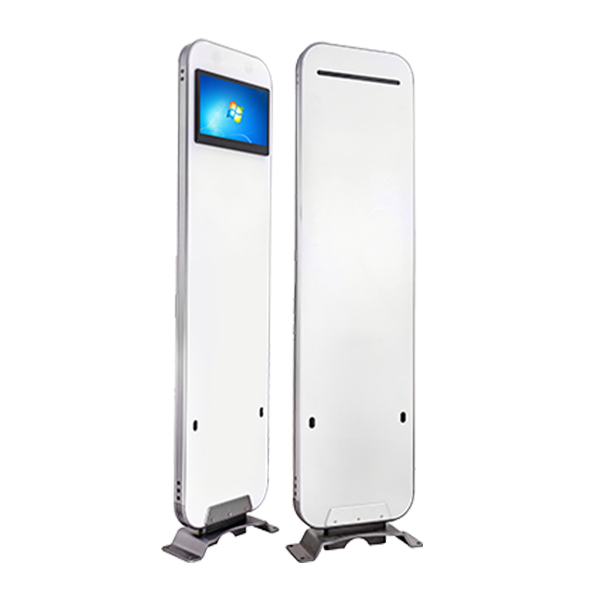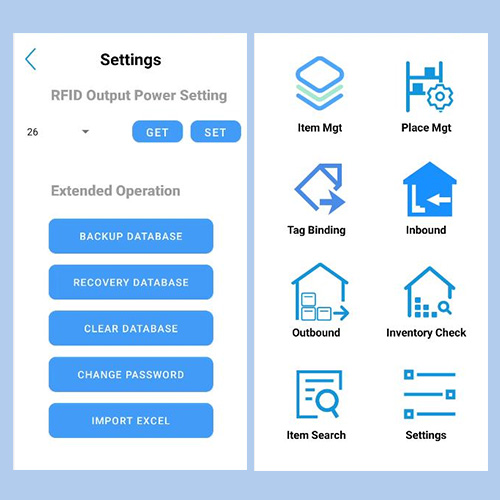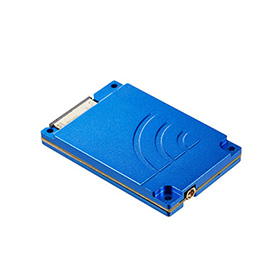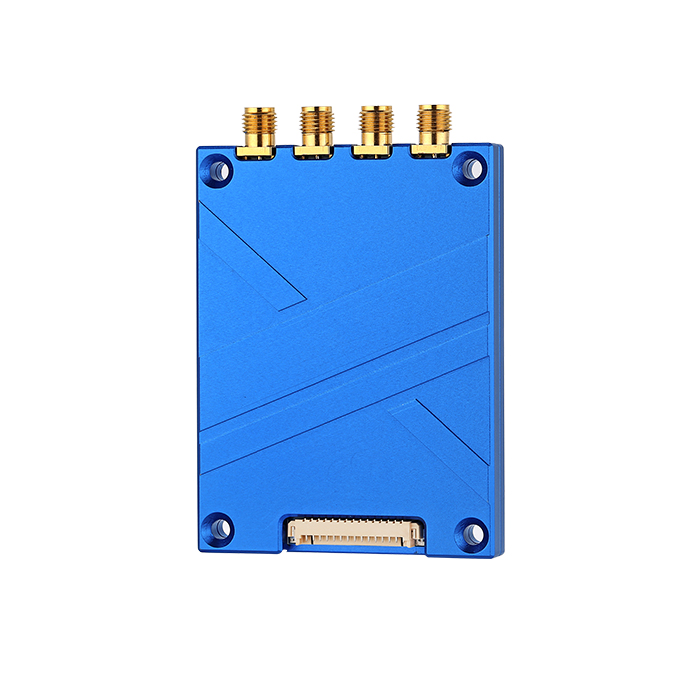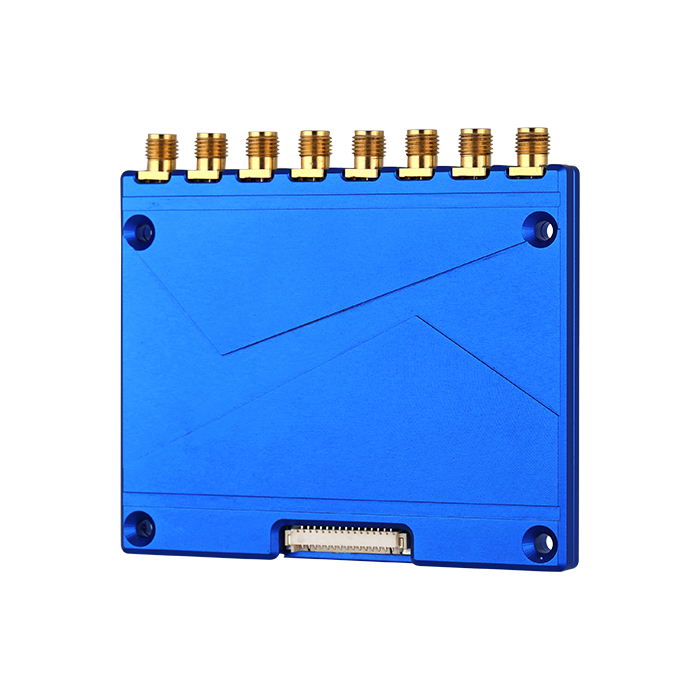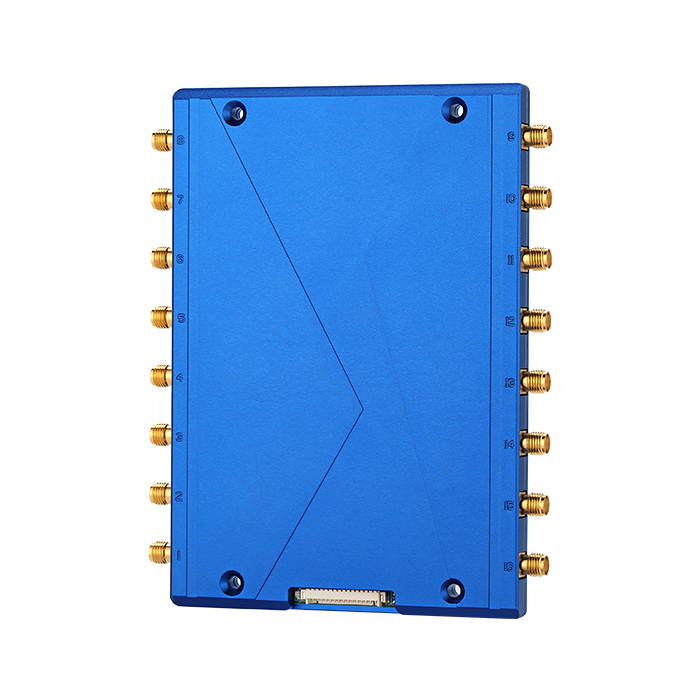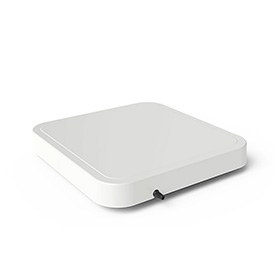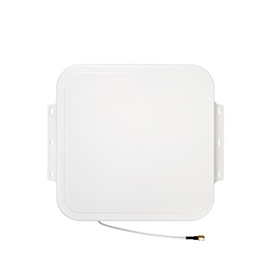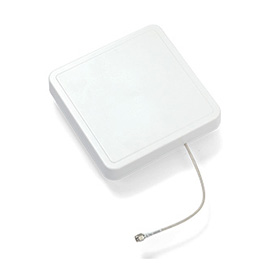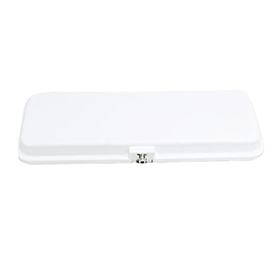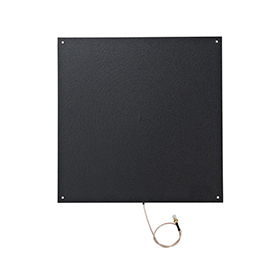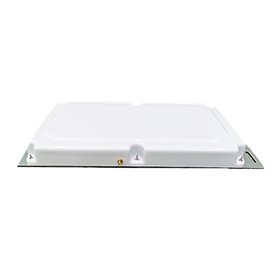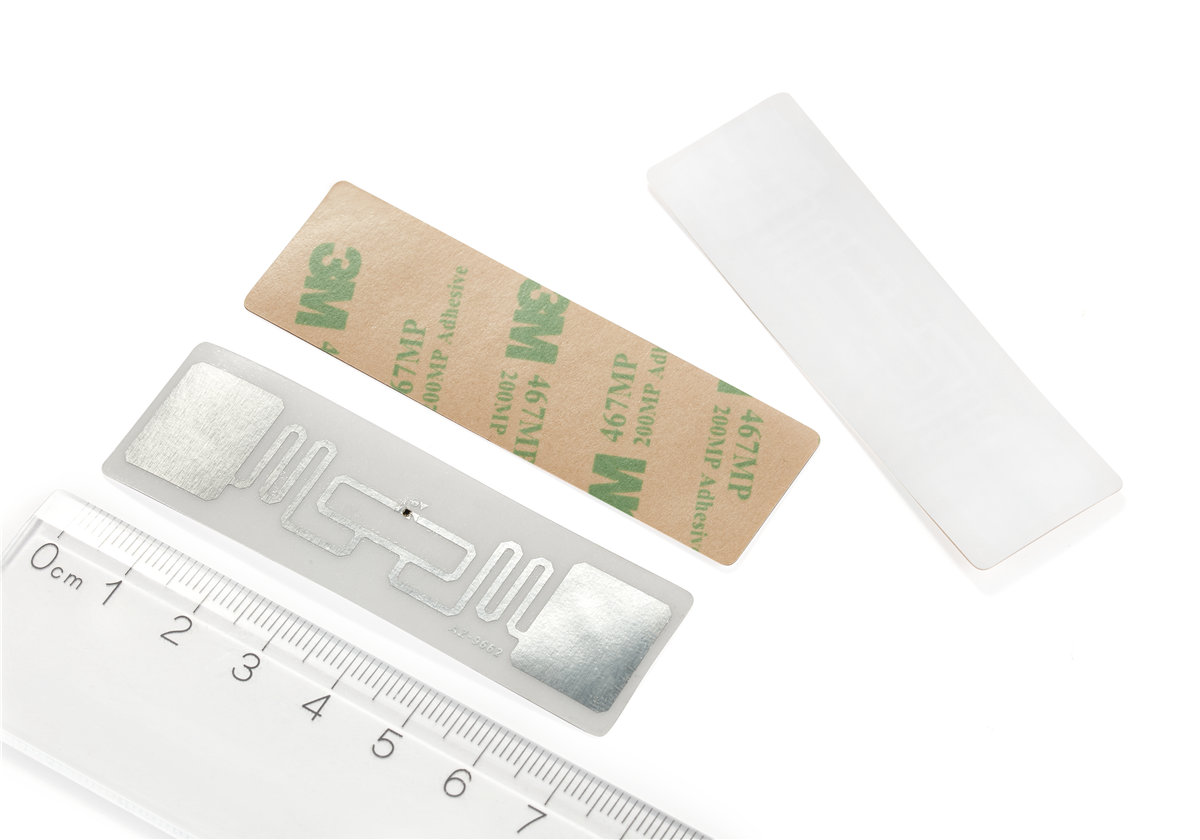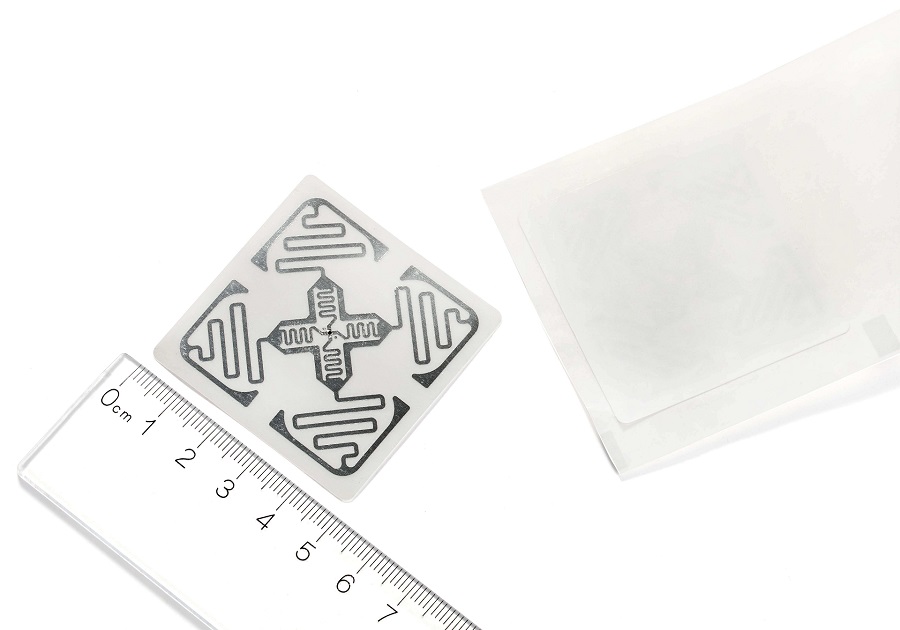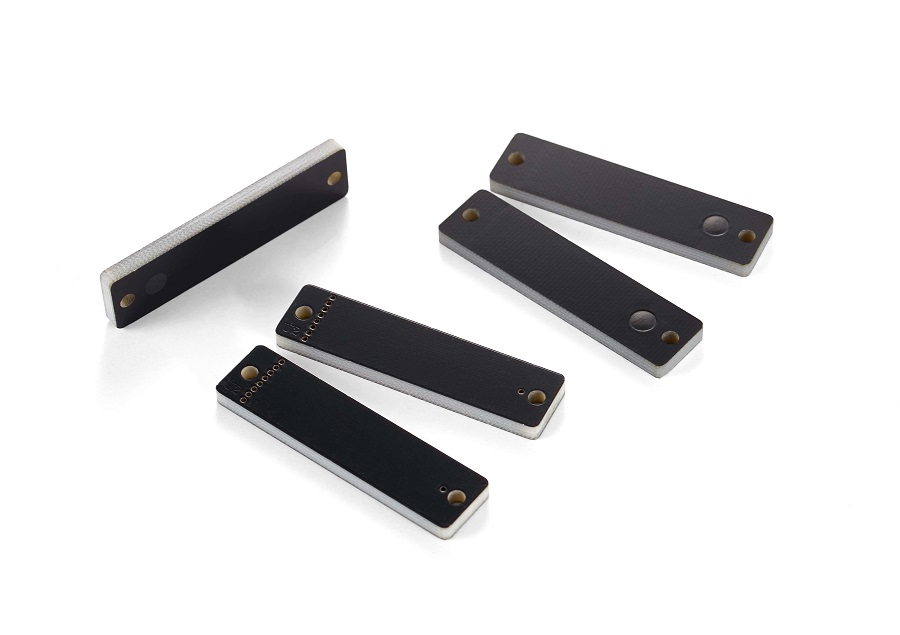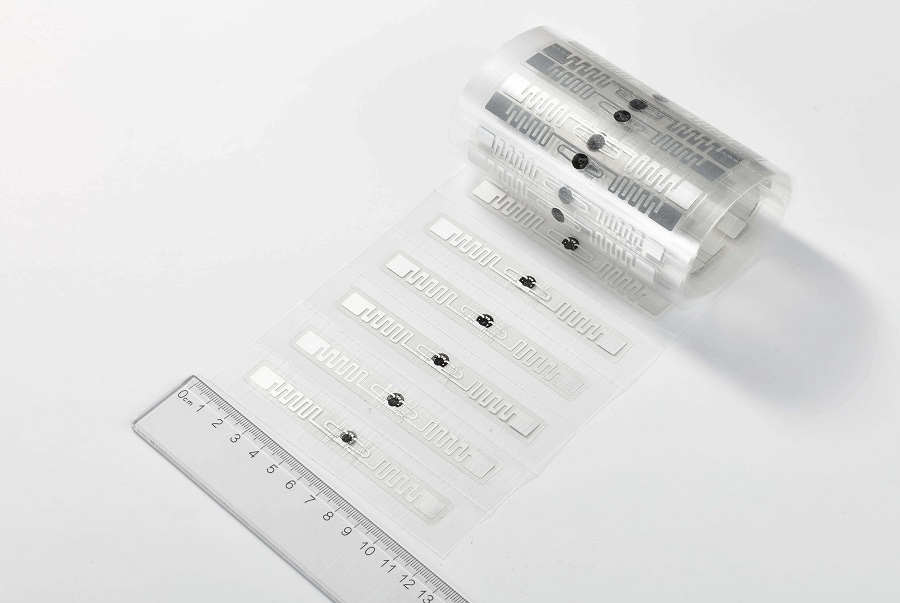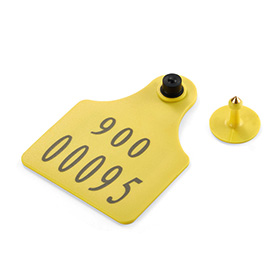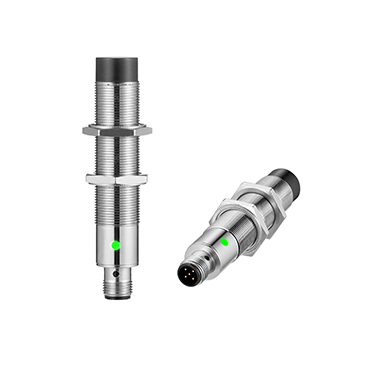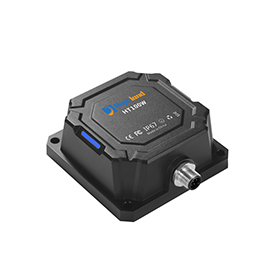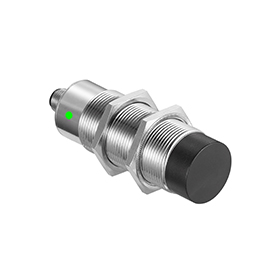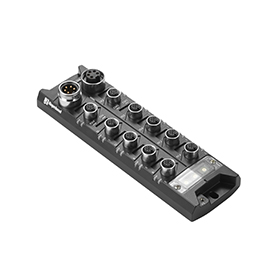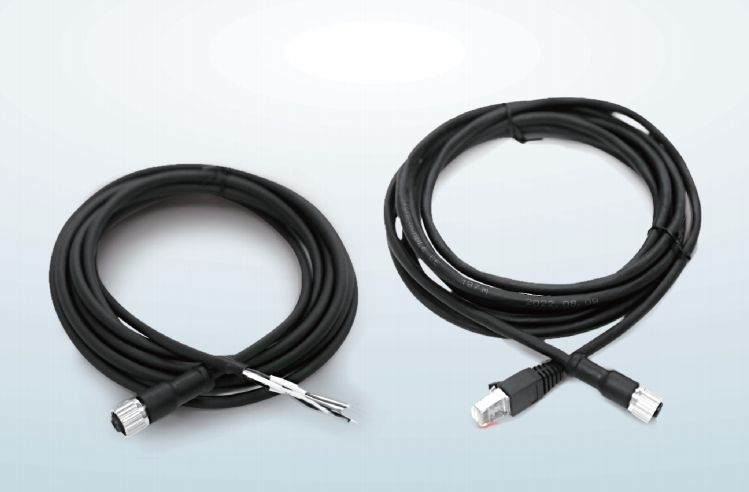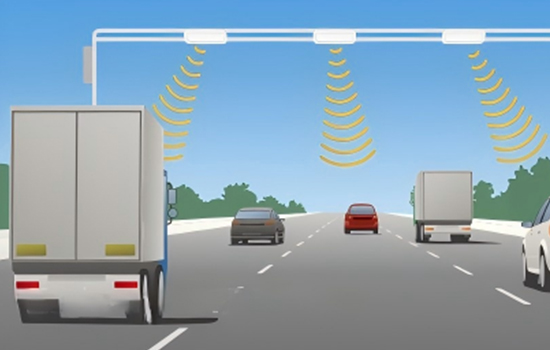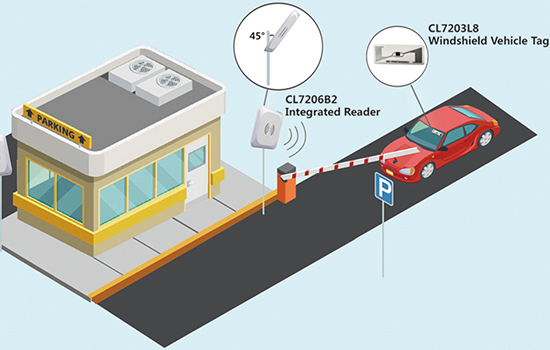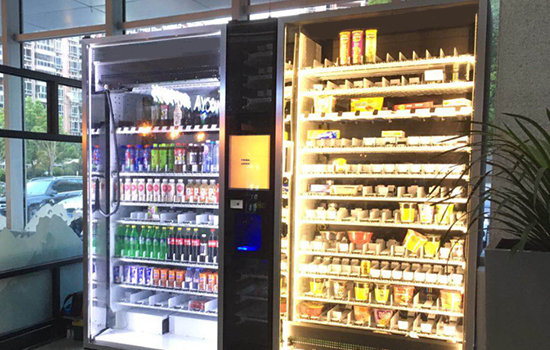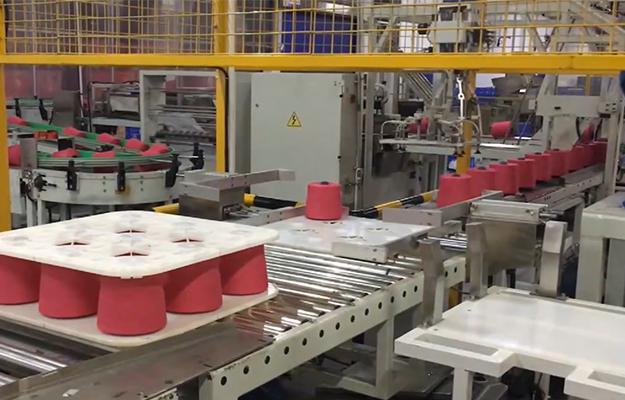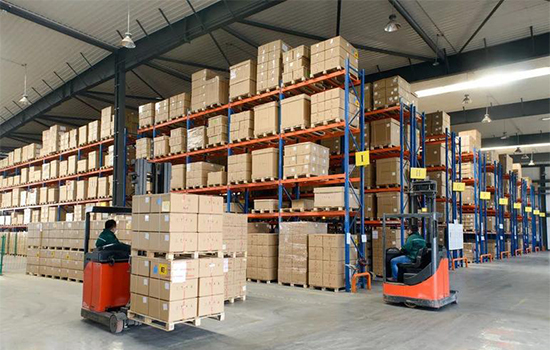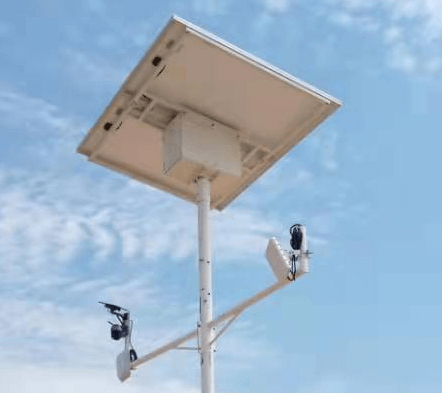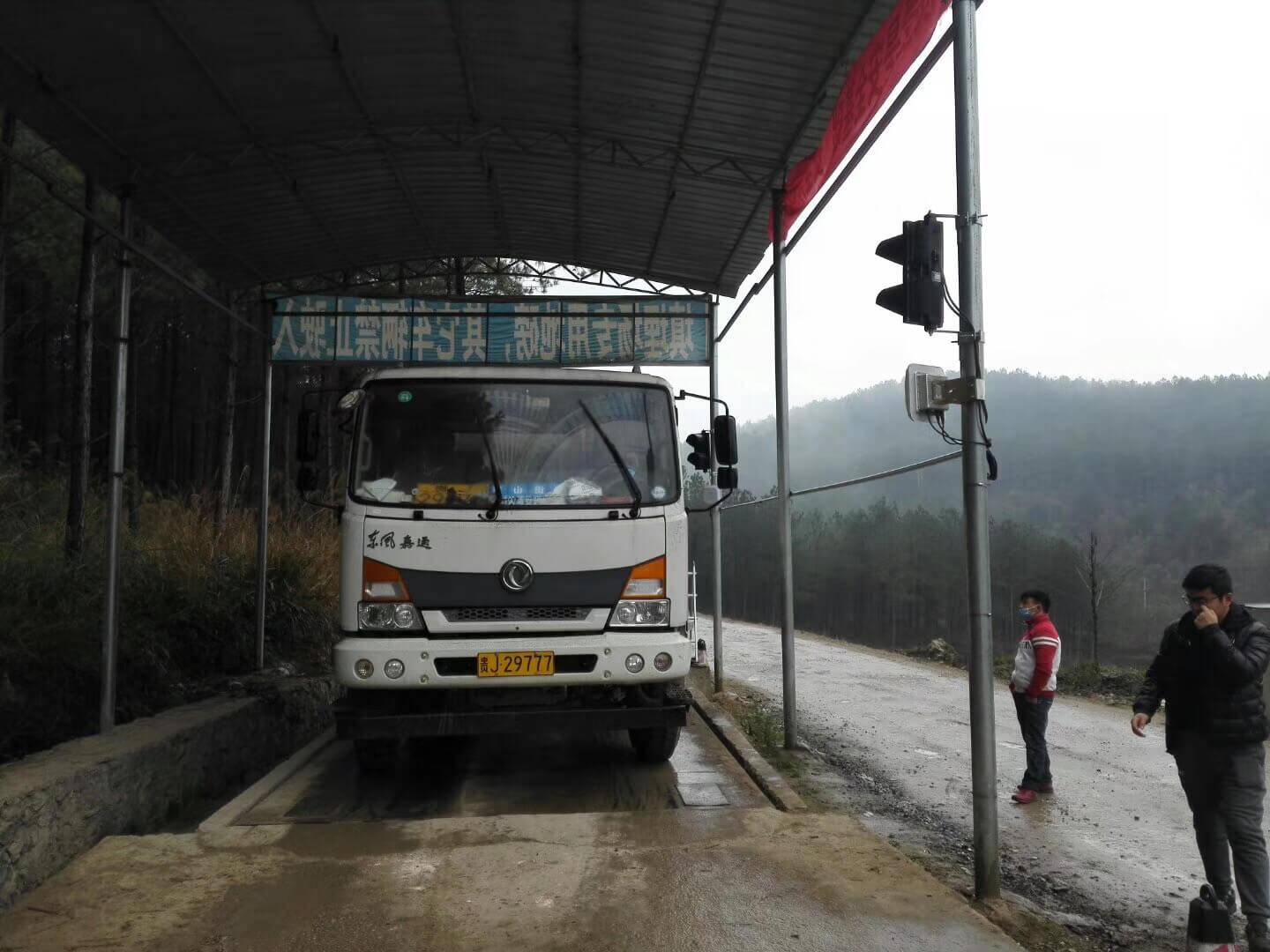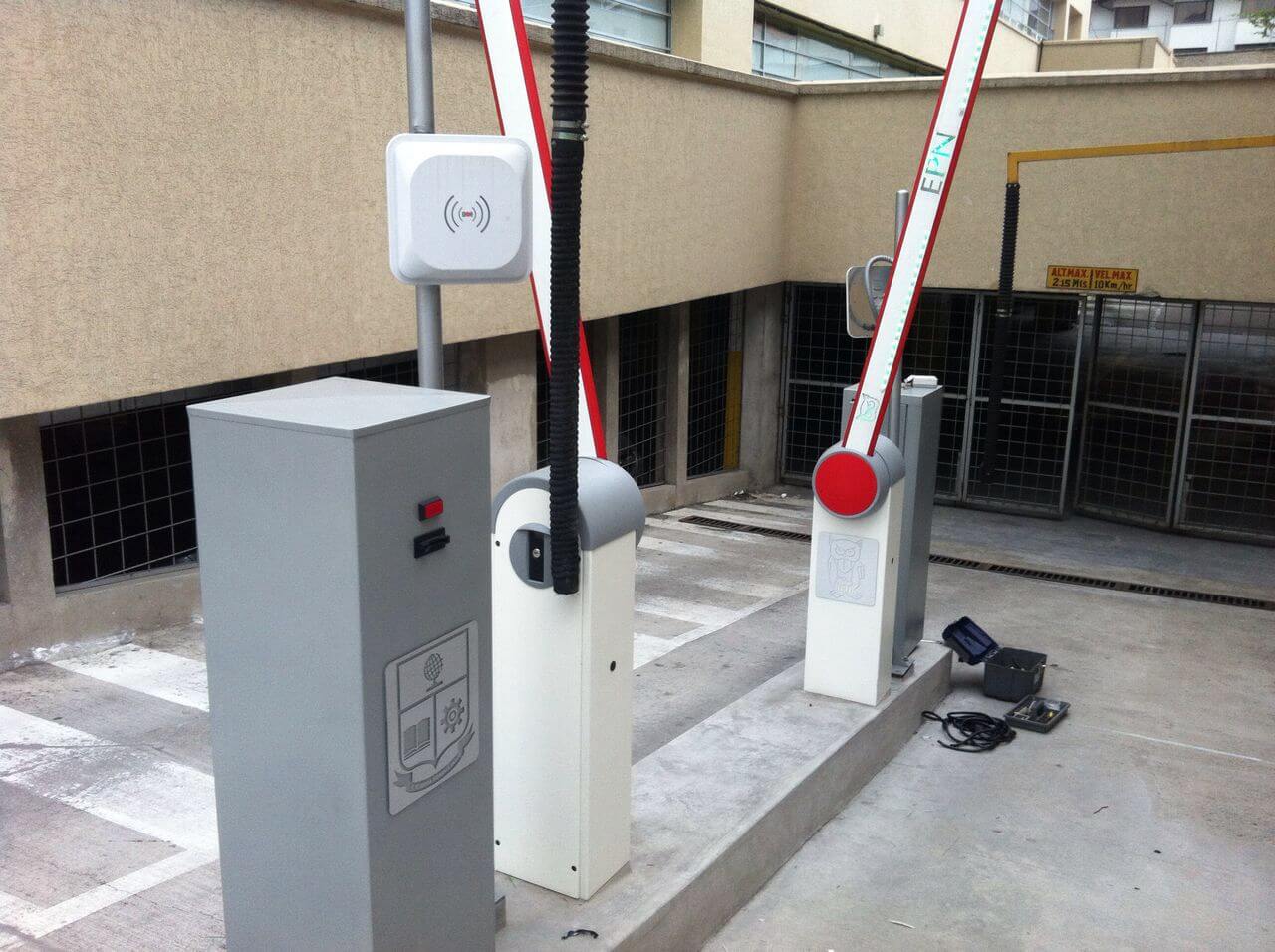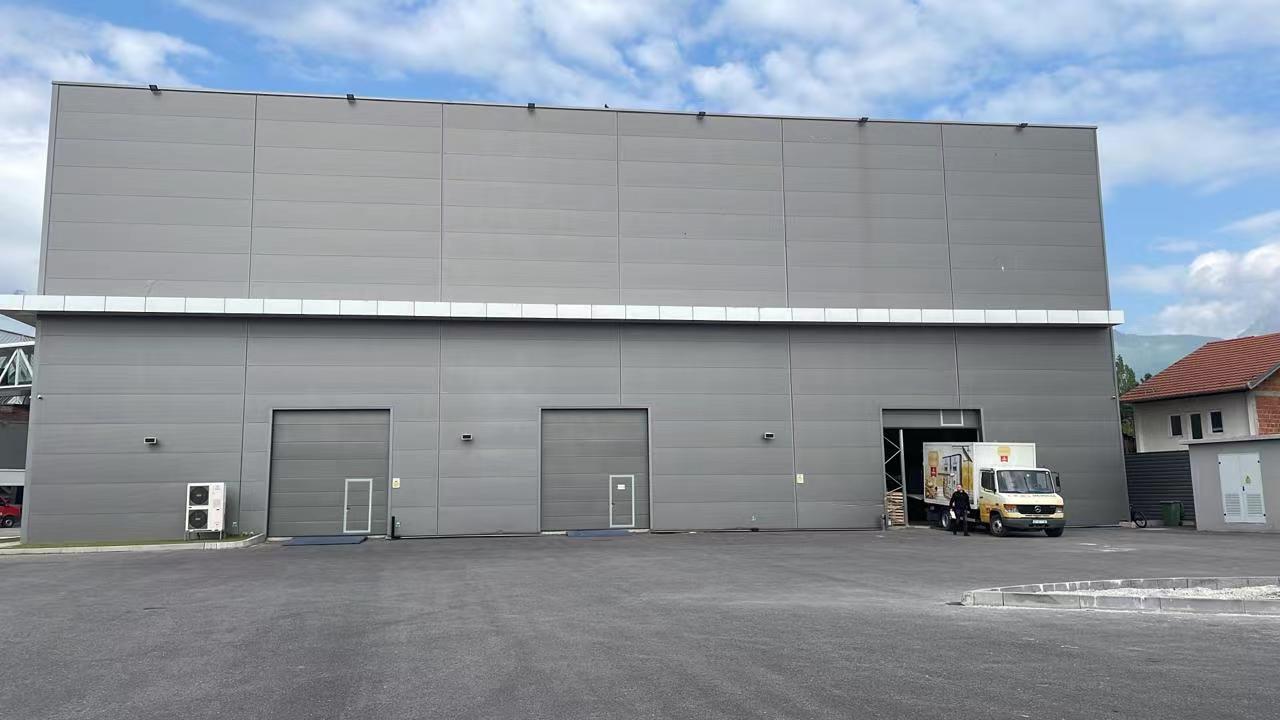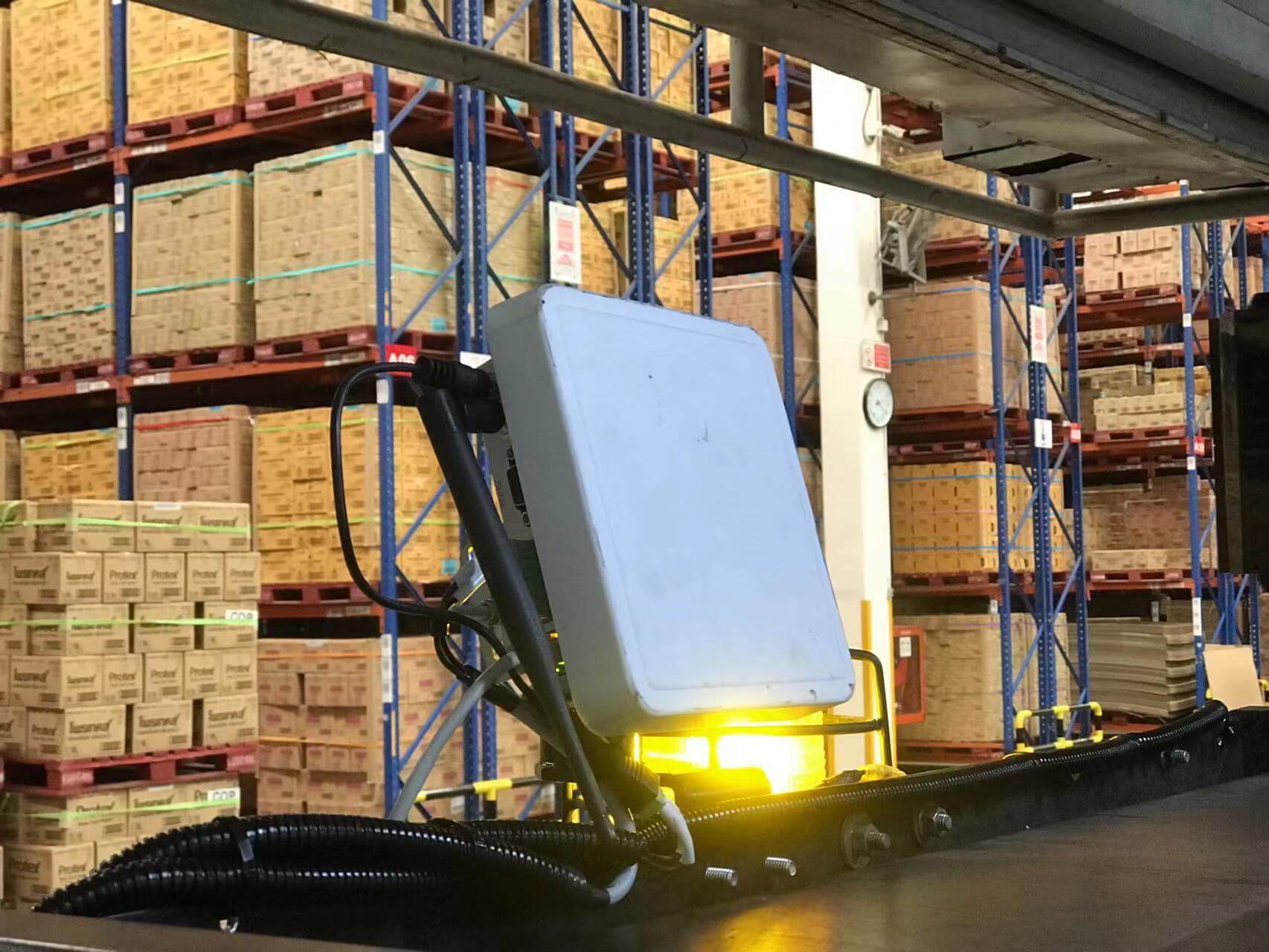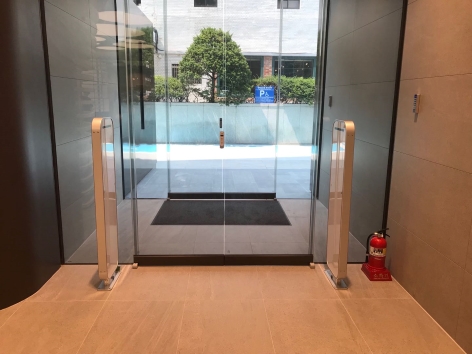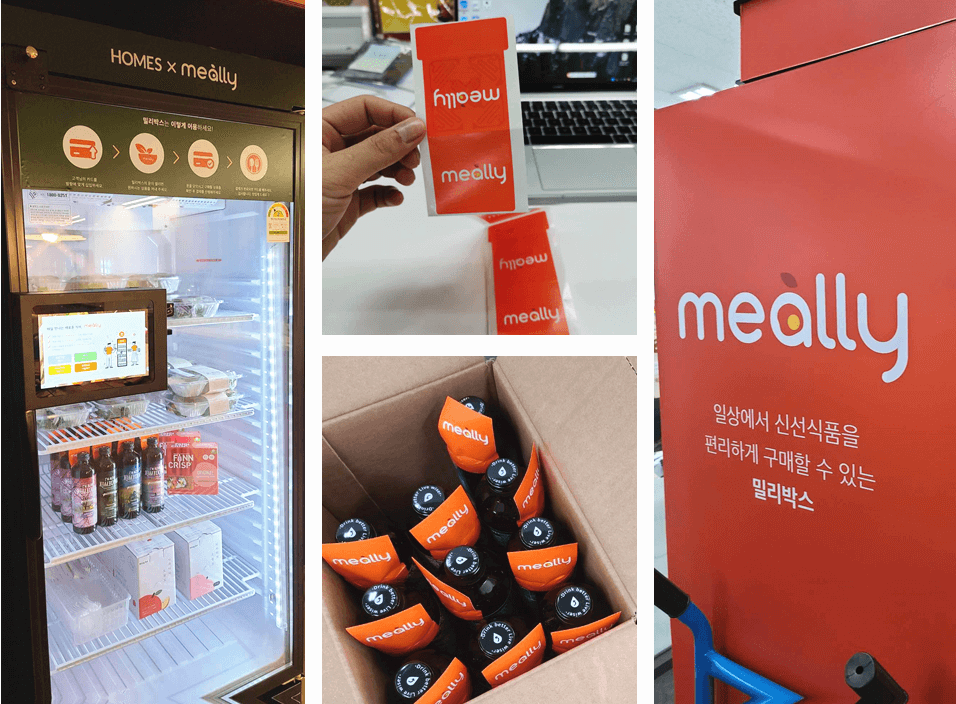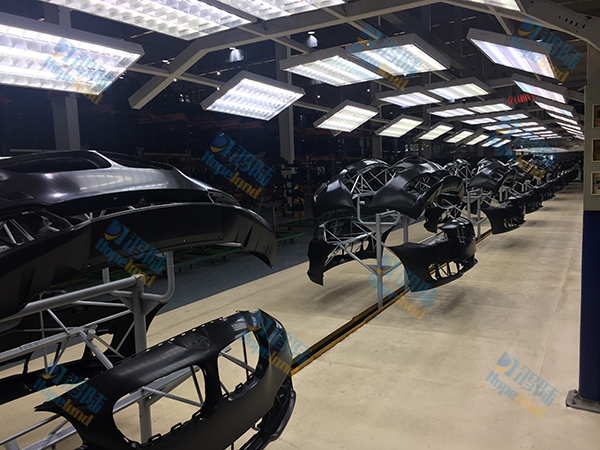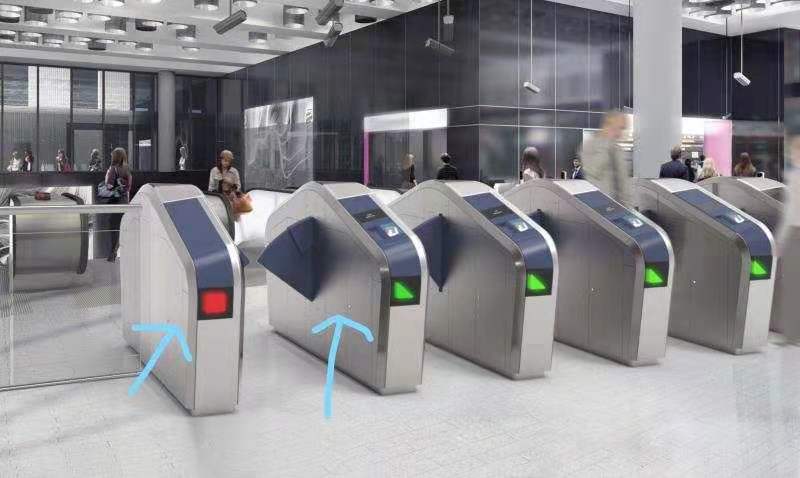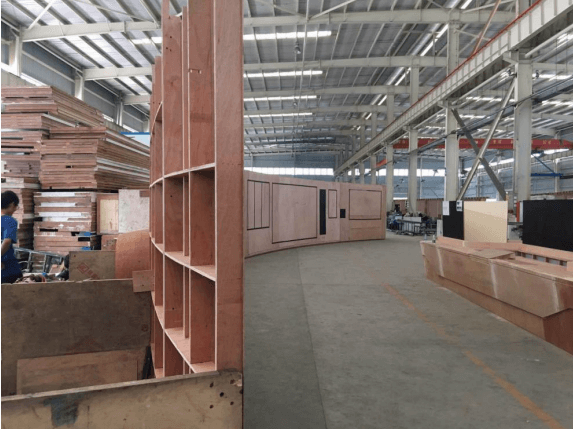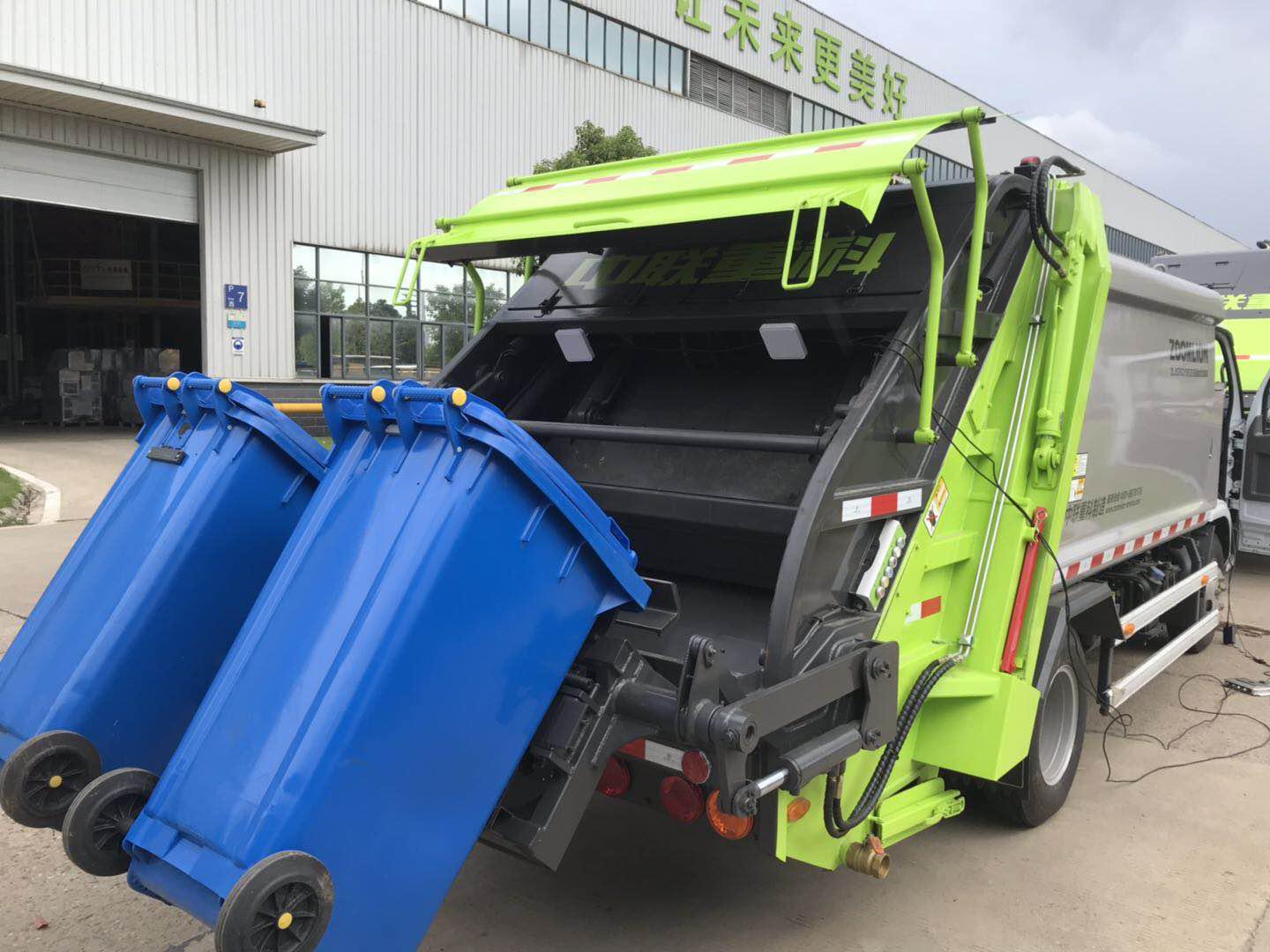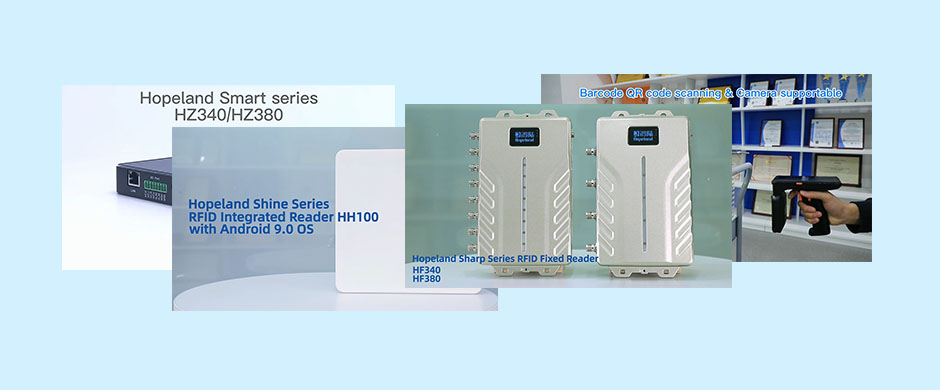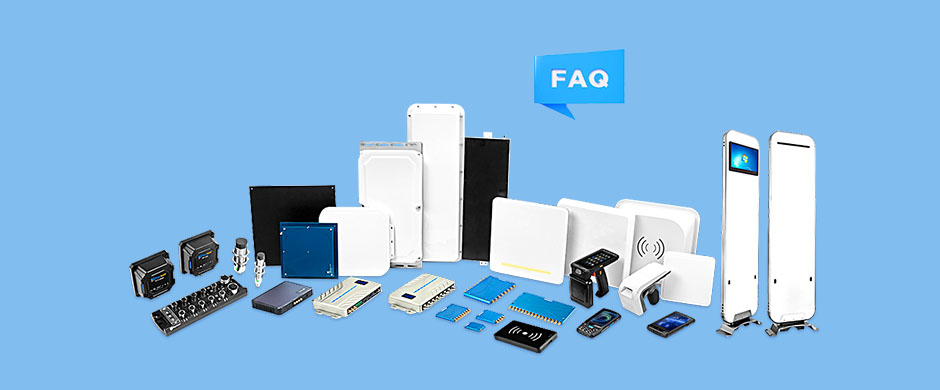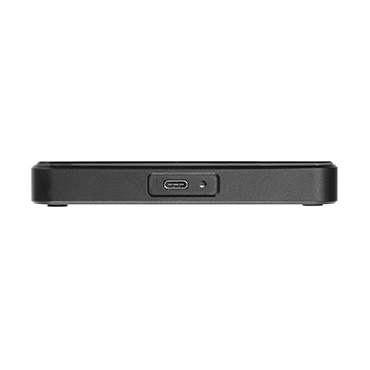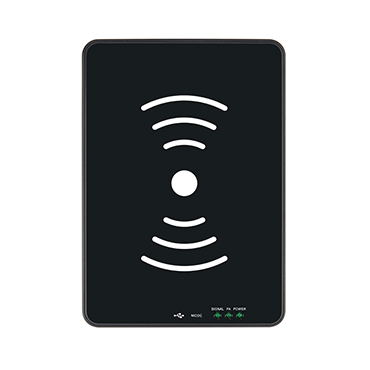
-
 IMPINJ RAIN RFID E310 chip (QM100 optional)
IMPINJ RAIN RFID E310 chip (QM100 optional) -
 Compact & Slim design
Compact & Slim design -
 Cost effective & stable performance
Cost effective & stable performance -
 USB Type C plug & play
USB Type C plug & play -
 Support HID keyboard output mode
Support HID keyboard output mode
* Built-in Circular polarization antenna, writing & reading tag easily
* Delicate and compact design, more friendly with end users
* IMPINJ RAIN RFID E310 or QM100 chipset offer lower cost & higher performance
* USB mode / HID keyboard output mode, driver free, online upgrade
* Support all mandatory ISO18000-6C commands
* Widely used in working station, document management, date issuing, retail cashier, access control, etc.
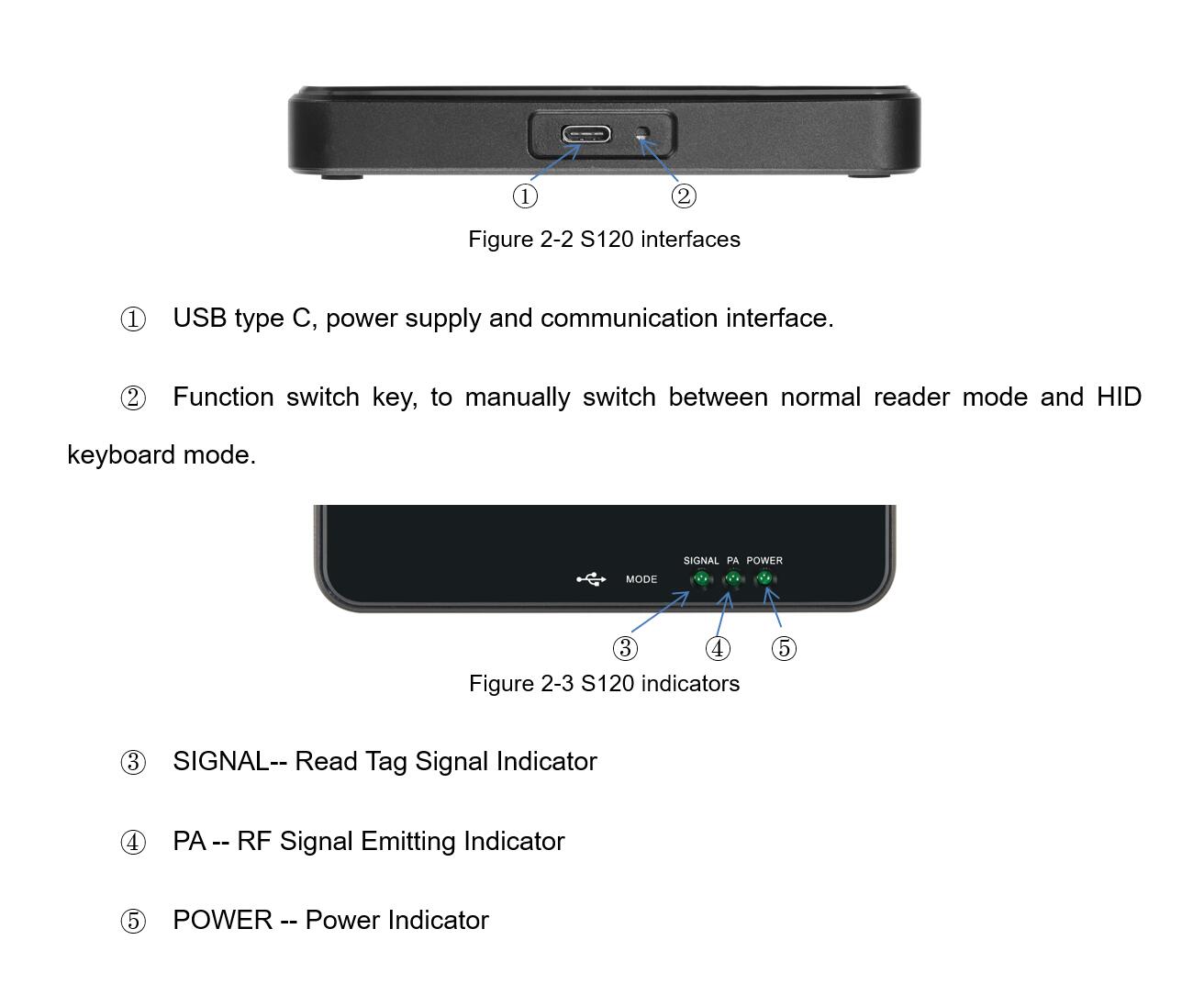
* Built-in Circular polarization antenna, writing & reading tag easily
* Delicate and compact design, more friendly with end users
* IMPINJ RAIN RFID E310 or QM100 chipset offer lower cost & higher performance
* USB mode / HID keyboard output mode, driver free, online upgrade
* Support all mandatory ISO18000-6C commands
* Widely used in working station, document management, date issuing, retail cashier, access control, etc.

-
Physical Characteristics
Dimensions 170*120*17mm Weight 0.25kg Housing Material Die-cast aluminum / ABS cover Visual Status Indicator Power, Status -
RFID
Air Protocol ISO/IEC 18000-6C/EPC C1G2 Frequency USA: 902 MHz-928MHz (FCC part 15)
EU: 865-868MHz (ETSI EN 302208)
CN: 920-925MHz (CMIIT)Supportable /optional Russian / Japan / Korea /
Malaysia / Thailand / other customizableReading & Writing Range Reading Range: 0-1m Writing Range: 0-20cm
(According to Tag & Environment) -
Environmental
Operating Temp. -20 - +70°C Storage Temp. -40 - +85°C Humidity 5-90% non-condensing (+25℃)
RFID technology (radio frequency identification technology), as a revolutionary solution to security and management, can effectively solve the traffic issues. Hopeland provides a variety of RFID products, including UHF RFID readers, RFID Antennas, RFID vehicle tags, to promote the management of highway toll collections.
At present, the one-dimensional barcode/two-dimensional barcode identification technology has been widely used in the management of item classification and labeling. However, its barcode technology relies on visible light scanning reflection, has low recognition rate, is easy to break, contaminates, is sensitive to media such as water and oil, and stores a limited amount of information, which affects its application in large-scale logistics management.
RFID radio frequency identification technology is a typical representative of automatic identification technology. It has high recognition accuracy, reliable performance, large amount of stored information, resistance to oil and sewage washing, etc. It is especially suitable for automatic identification requirements in industrial environments. The use of RFID tags to replace barcodes and other identification products can effectively complete the automatic management of warehousing and realize automatic collection, automatic processing and information reporting of product information.
Operating aspects:
The operating costs of common convenience stores continue to rise
The cost of rent
convenience stores and merchants are more and more concerned with the capital. But the store resources are relatively scarce, and the pressure on the rising cost of rent will continue to exist in the future.
Labor costs
The decline of the working age workforce increases the labor cost. The increase of convenience store staff mobility and the increase of personnel costs and management costs.
The cost of water and electricity
The relative area is larger and the water power consumption is more.
Consumer aspects:
Purchasing daily necessities is inconvenient and far away.
There is no 24-hour store in the evening, and difficult to meet any emergency.
In terms of tool management application technology, traditional automatic identification technologies such as one-dimensional bar code/two-dimensional bar code have also been widely used in the management of item classification and labeling. However, the barcode technology itself relies on the visible light scanning reflection, the recognition rate is low, the barcode is easily damaged and stained, and the amount of stored information is small. Generally, it only identifies a certain type of product, which affects its wide application in logistics management.
Compared with barcode technology, RFID radio frequency identification technology is a typical representative of non-contact long-distance automatic identification technology. RFID technology has high recognition accuracy, reliable performance, large amount of stored information, and oil and sewage resistance, especially suitable for automatic identification requirements in harsh working environments. The use of RFID tags to replace barcodes and other identified goods can effectively complete the automatic management of assets, and realize the automatic collection, automatic processing and report output of asset information.
-
HY820UHF RFID handheld terminalImpinj E710 Supportable,UHF 25M Read Range;Industrial IP65 Rugged,1.5M Drop Test,Suitable For Different Harsh EnvironmentDetails
-
HZ100Long reading Integrated RFID ReaderHigh performance Integrated UHF RFID reader HZ100, updated from
CL7206B5A, supporting ISO18000-6C protocol, long range RFID reading,
fast identification, excellent multi-tag reading, strong anti-collision,
automatic reading, white list functions.
Widely used fixed asset management, logistic, warehouse inventory, products
tracking transshipment , e parking system vehicle management, production automation etc.Details -
HH340IoT Fixed Android RFID ReaderHopeland HH340 is a 4-port Android-based fixed RFID reader integrated with Impinj R2000/E710 RFID chip. This long range UHF RFID reader supports RJ45, RS485, Wiegand, USB, Bluetooth, WIFI, 4G, etc. as well as supports MQTT to provide real-time and reliable messaging services. It also supports sending data directly to the database.Details
-
HF3404 Ports Fixed ReaderAdopt Impinj R2000/E710 chip platform; Built-in Linux system; Super long reading distance up to 30meters and 600-900 times each second. Kinds of communication interfaces: RJ45, RS485, Wiegand, USB, Wireless Wi-Fi, Bluetooth, 4G, PoE optional.Support RSSI, antenna detection, online update.Details


